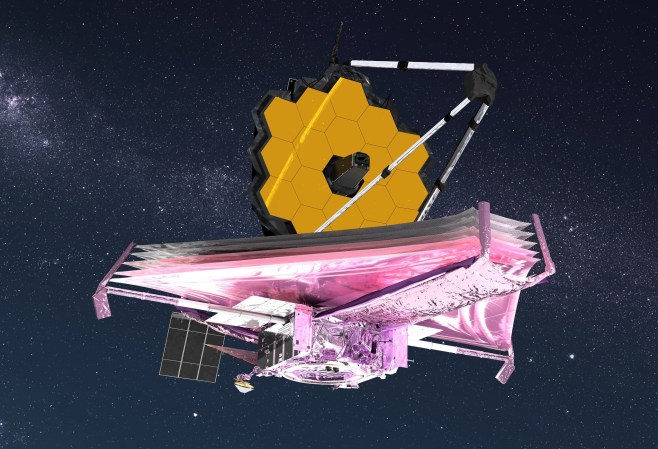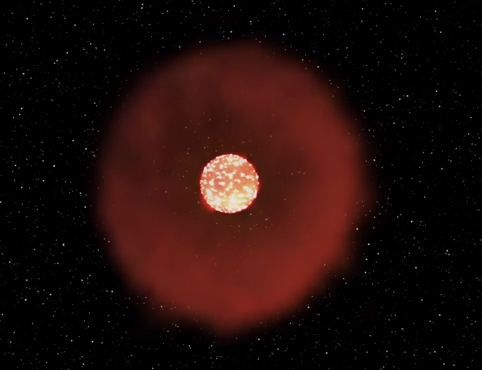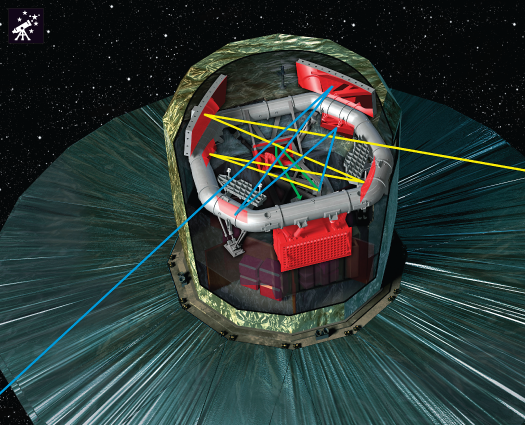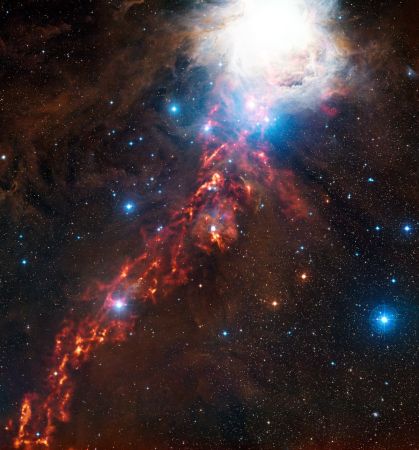

On February 11, NASA released the first composite images taken by the James Webb Space Telescope. Each of the 18 bright white dots is the same Ursa Major star reflected from Webb’s primary mirror segments to its secondary mirror and Near Infrared Camera (NIRCam). These images were taken as part of a months-long process to align Webb’s instruments so it can capture unprecedented evidence of the universe and its origins.
Over the course of the past two weeks, ground operators pointed the Webb telescope to 156 different positions around the star’s presumed location about 260 light years away from Earth, generating 1,560 images in total. They then stitched all of those captures together to create the fuzzy image above. The result is as if a person’s eyes were pointed in multiple directions, causing them to see double, Scarlin Hernandez, flight systems engineer at the NASA Space Telescope Science Institute in Baltimore, said in a live stream on January 24.
The trial images were taken with Webb’s NIRCam, which can detect infrared wavelengths between 0.6 microns to 5 microns, or just outside the visible light range. That will allow the telescope to detect some of the earliest formations of stars and galaxies. The Hubble Space Telescope mostly captures visible light, so Webb should be able to vastly expand humanity’s window into deep space.
[Related: The James Webb telescope could help solve the mystery of dark matter]
“The entire Webb team is ecstatic at how well the first steps of taking images and aligning the telescope are proceeding. We were so happy to see that light makes its way into NIRCam,” Marcia Rieke, principal investigator for the instrument, said in a press release.
NASA chose this star, known by the catchy name HD 84406, because of its isolated brightness. This makes it a good test case as the Webb team aligns each of the 18 hexagonal mirror segments. Over the next month or so, they’ll use gyroscopes to adjust the orientation by as little as about 1/10,000 of a human hair, so those pinpricks can eventually merge to portray one crystal clear star.

But even after all this finetuning to get the telescope up and running, the engineers will need to constantly tweak the mirrors’ positions to make sure the images reflect full accuracy and detail. “It’s designed to be adjusted any time that it needs to be,” Hernandez said last month. “It’s a continuous process to make sure they’re perfectly aligned.”
Since reaching its home at Lagrange point 2 on January 22, Webb has been in rapid cooldown mode to become fully operational. The mirror segments will continue to chill out from behind a colossal sun shield until they reach a temperature of about minus 370 degrees Fahrenheit. The tempering process will continue through February, and will be followed by many more rounds of alignments and tests. If all goes as planned, the telescope should be ready to gather finalized images and data by mid-summer.






























